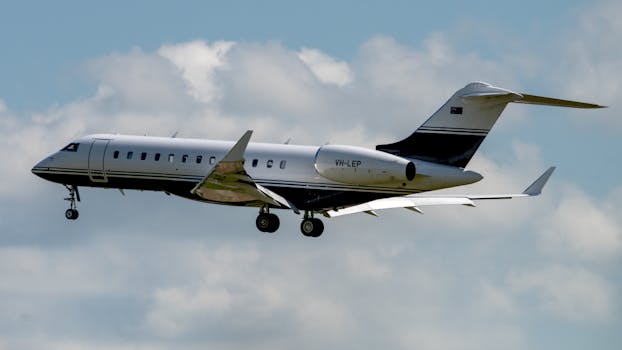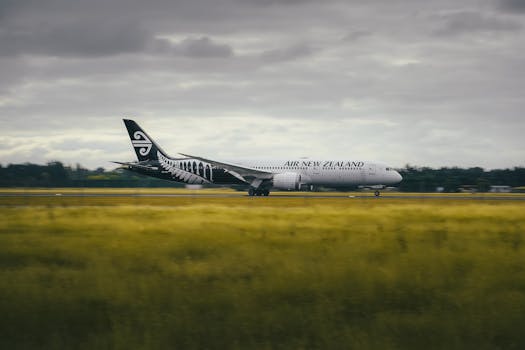
The Future of Luxury Jet Airplanes: Innovations and Trends Shaping Tomorrow’s Travel
Takeaways: The luxury jet market is evolving rapidly with advancements in technology, a strong focus on sustainability, and new designs enhancing passenger experiences. Expect to see electric and hybrid models becoming more mainstream, alongside an increased emphasis on personalized services and connectivity.
In recent years, the luxury jet industry has undergone significant transformations, driven by technological advancements, a growing awareness of sustainability, and changing consumer preferences. As we look towards the future, several key trends are emerging that promise to redefine the landscape of private air travel.
1. Technological Advancements in Luxury Jets

One of the most exciting developments is the integration of artificial intelligence (AI) into flight operations. AI systems can assist pilots in navigation and decision-making, thereby increasing safety and operational efficiency. Furthermore, the use of big data analytics allows airlines to optimize flight paths, reducing fuel consumption and travel time.
In addition to AI, advancements in cabin technology are also transforming the passenger experience. Luxury jets are now equipped with smart cabin features that allow passengers to control lighting, temperature, and entertainment systems through their personal devices. Connectivity has also reached new heights with high-speed internet access becoming a standard feature, enabling travelers to stay connected even at 40,000 feet.
2. Sustainability in Private Aviation

For instance, companies like Rolls-Royce and Airbus are investing in electric propulsion systems that could revolutionize the way we think about air travel. These technologies not only aim to decrease environmental impact but also offer the potential for quieter flights, enhancing the overall travel experience.
Furthermore, the use of sustainable aviation fuel (SAF) is becoming more prevalent in the luxury jet sector. SAF is produced from renewable resources and can significantly lower lifecycle greenhouse gas emissions compared to traditional jet fuels. Many private jet operators are already incorporating SAF into their fuel supply chain, demonstrating a commitment to reducing their carbon footprint.
3. Enhanced Passenger Experience

Designers are pushing the boundaries of luxury, introducing features such as spacious cabins, state-of-the-art entertainment systems, and even wellness amenities like onboard gyms and spas. For instance, some of the latest models feature mood lighting, high-quality sound systems, and gourmet catering options, ensuring that every aspect of the journey is tailored to the passenger’s desires.
Moreover, the concept of private terminals is gaining traction, allowing jet users to bypass crowded airports and enjoy a more streamlined travel experience. These exclusive facilities provide dedicated check-in, customs, and security services, significantly reducing the time spent in transit.
4. The Rise of Business Aviation

Business jets are becoming more than just a luxury; they are now seen as essential tools for modern businesses. The ability to conduct meetings in transit and access remote locations gives companies a competitive edge in today’s fast-paced environment.
As a result, we can expect to see an increase in the number of companies investing in their own aircraft or chartering flights to meet their business needs. This trend is further fueled by the growing availability of on-demand charter services, making private aviation more accessible than ever.
As we look to the future of luxury jet airplanes, it is clear that innovation, sustainability, and an enhanced passenger experience will be at the forefront of industry developments. The combination of advanced technology with a commitment to environmental responsibility will shape the next generation of private air travel, catering to the evolving needs of affluent travelers.






